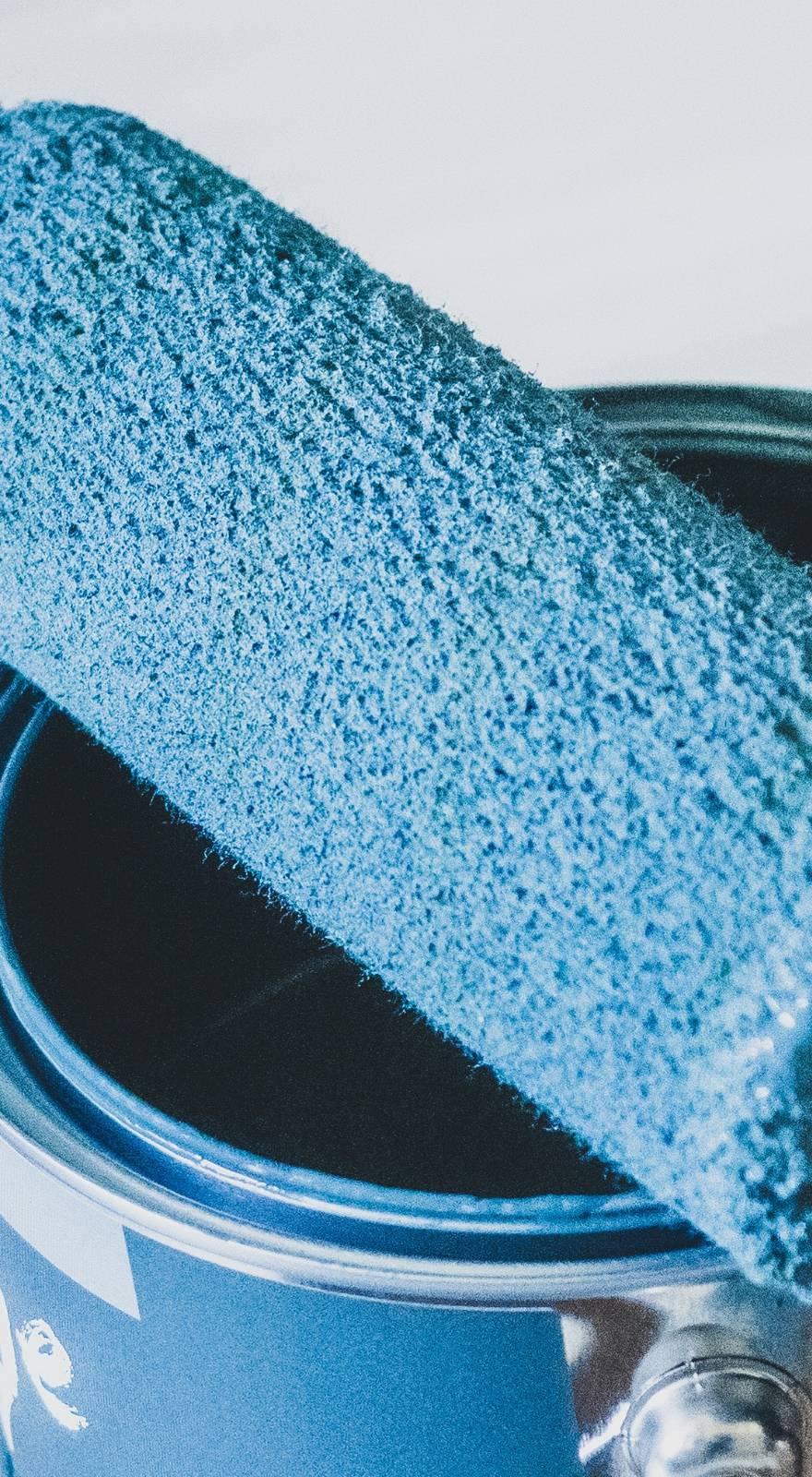Knowde Enhanced TDS
Identification & Functionality
- Product Type
- Technologies
- Product Families
Features & Benefits
- Ready-to-Use Product Features
Applications & Uses
- Markets
- Compatible Substrates & Surfaces
- Use
As a shop or field applied primer to steel exposed to mild or moderately aggressive environments. Compatible over many aged coatings (test patch is recommended). May apply "dry fall" under most conditions (see APPLICATION). As a topcoat, use Induron Aquanaut© II Acrylic Gloss Enamel.
- Limitations
Do not use for immersion service. Not resistant to strong acids or aromatic solvents. Keep from freezing.
- Surface Preparation
- Steel (Non-immersion) - If the intended use is indoor, enclosed, or a mild environment; clean steel to a minimum of SSPC-SP 2 Hand Tool Cleaning. For other exposures, clean steel to a SSPC-SP 6 Commercial Blast.
- Previously Painted Surfaces - Remove all surface contaminants. Clean rusted areas in accordance with SSPC-SP 2 Hand Tool Cleaning. Dull glossy surfaces and feather edges for uniform appearance (test patch recommended).
- Application
- Airless Spray - Use .013-.017 tip, 60 mesh filter, 30:1 pump ratio at 1500-2000 psi operating air pressure.
- Conventional Spray - Follow the instructions of equipment manufacturer for water borne paints.
Attention: Dry overspray can be wiped or washed from most surfaces. Satisfactory dry-fall performance depends upon height of work, weather conditions and equipment adjustment. Low temperature and high humidity are of particular concern. Test for each application as follows: Spray from 15 to 25 feet towards paint container. The material then should readily wipe off. Note: Heat can fuse-dry overspray to surfaces. Always clean dry overspray from hot surfaces before fusing occurs. Be aware that exterior surface temperatures can be higher than air temperatures.
- Roll - Use short to medium nap synthetic roller cover.
- Brush - Use synthetic bristle brush.
- Touch-up - For best results, use the same application method as the original coat.
Thinning
Not normally required for brush and roller application. Some thinning with water may be necessary (up to 10% by volume) for spray. Clean with warm water and soap.
Climate
Use this product only if the substrate temperature and ambient air temperature is above 45°F and is expected not to decrease for at least two hours after application. Also, the substrate temperature must be 5°F above the dewpoint for a period of at least two hours after application to avoid condensation occurring on wet paint.
Properties
- Color
- Physical Properties
- Typical Properties
- Note
Lower temperature, higher film build, poor ventilation, and/or high humidity will retard dry time.
| Value | Units | Test Method / Conditions | |
| Volume Solids | 36 - 38 | % | — |
| Solids (by Weight) | 47 - 49 | % | — |
| Weight | 9. 8 - 10.2 | lbs/gallon | — |
| Volatile Organic Contents (Mixed Unthinned) | 0.9 (50) | lbs/gallon (grams/liter) | — |
| Volatile Organic Contents (Mixed Thinned (10%)) | 0.9 (50) | lbs/gallon (grams/liter) | — |
| Value | Units | Test Method / Conditions | |
| Coverage (Theoretical, at 1.0 mil dry film thickness) | 600.0 | sq. ft/gal | — |
| Dry Film Thickness | 1.5 - 3.0 | mils per coat. | — |
| Wet Film Thickness | 4.1 - 8.0 | mils per coat. | — |
| Dry Time to Handle (80°F) | 1.5 | hours | — |
| Dry Time to Recoat (80°F) | 4.0 | hours | — |
Technical Details & Test Data
- Performance
Test Method/ Conditions Duration Results Adhesion to Steel ASTM D 3359-87 Method B
5B(No Adhesion Loss)
Impact Resistance ASTM D 2794-84
130 in./lbs. Direct
Mandrel Flex ASTM D 522-88 Method A 1/4" Diameter Bend No Cracking Exterior Durability (QUV) ASTM B 117 500 Hours < 1/16" Undercut at Scribe. No Facial Blisters or Corrosion
Chemical Resistance
Spot Testing 300 Hours
No Effect Distilled Water No Effect 5% Salt Water No Effect 10% Sodium Hydroxide No Effect 50% Sodium Hydroxide No Effect Propylene Glycol No Effect Motor Oil No Effect

